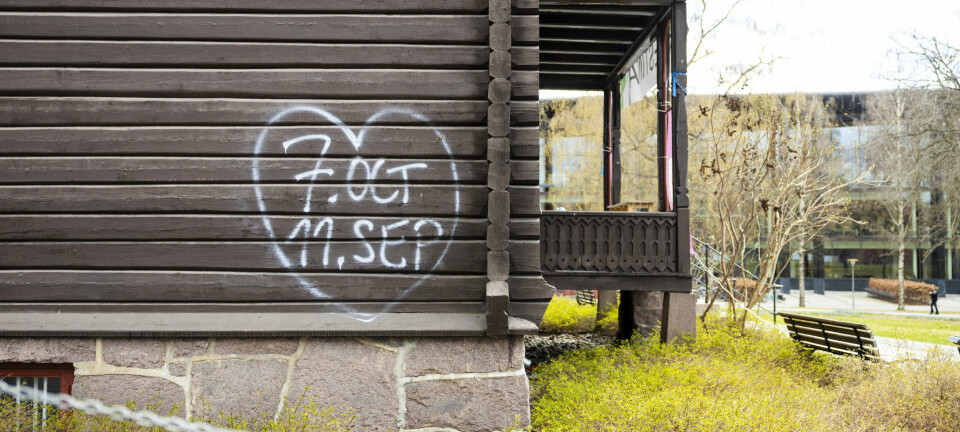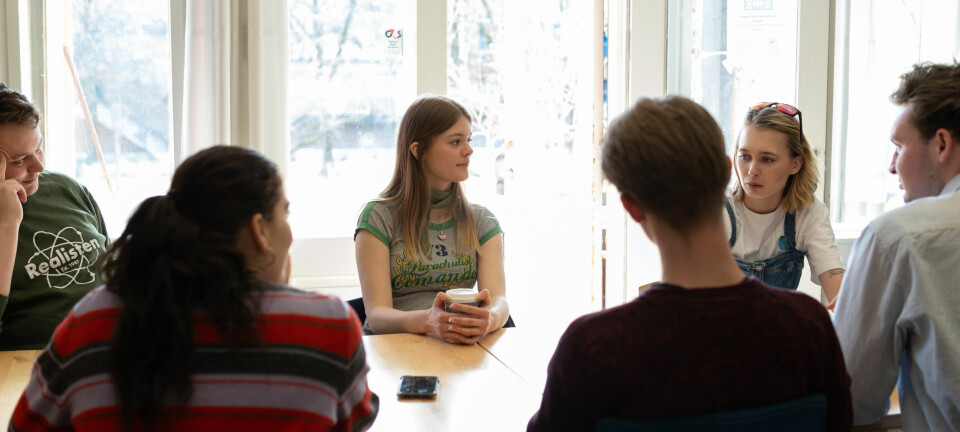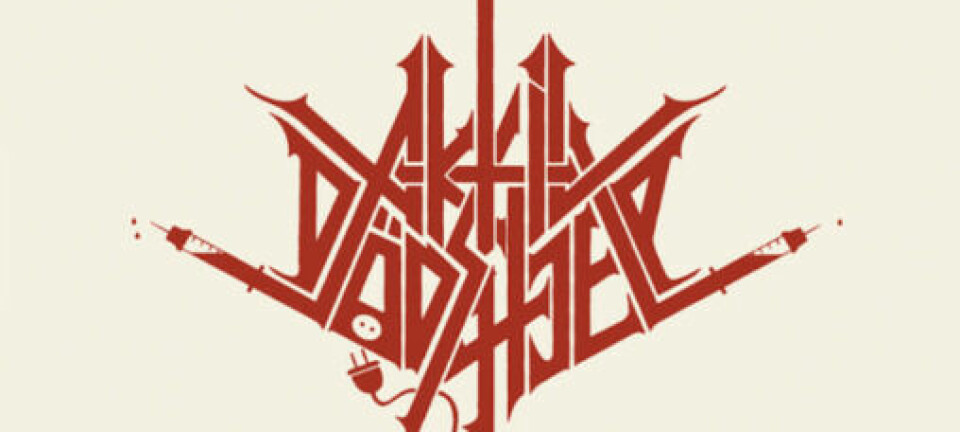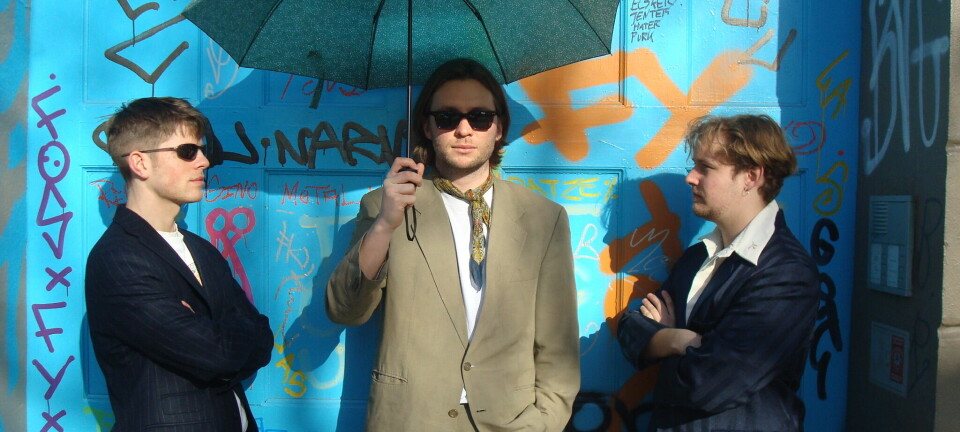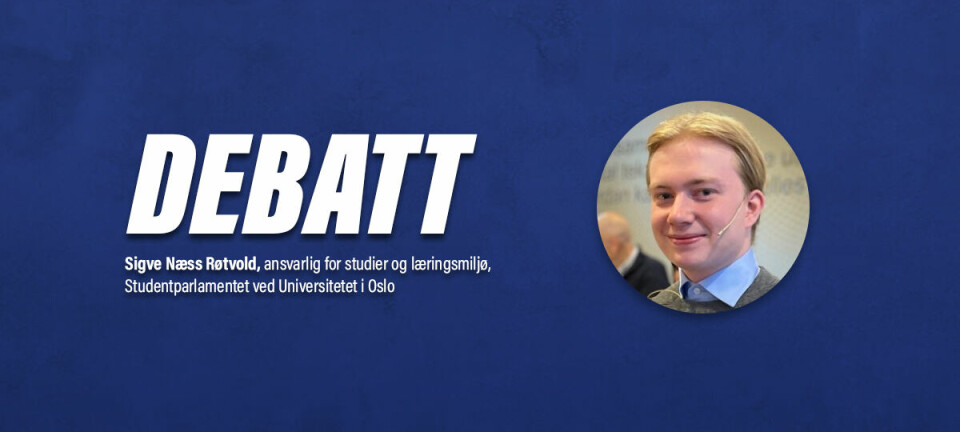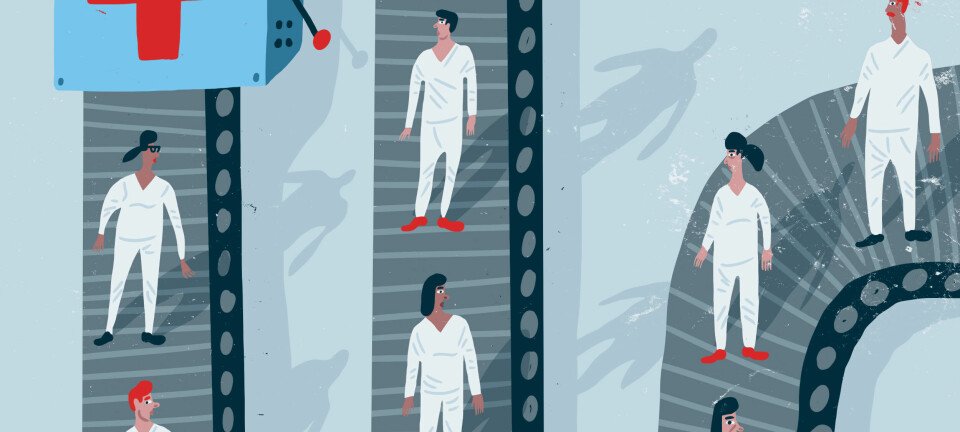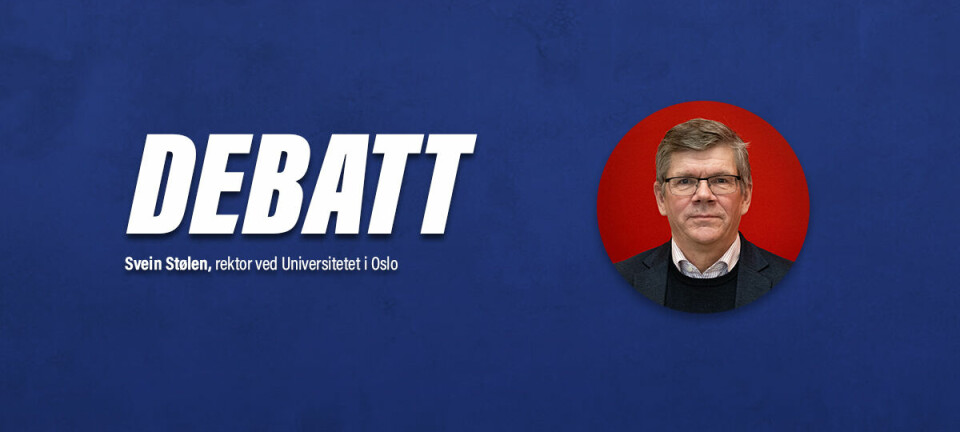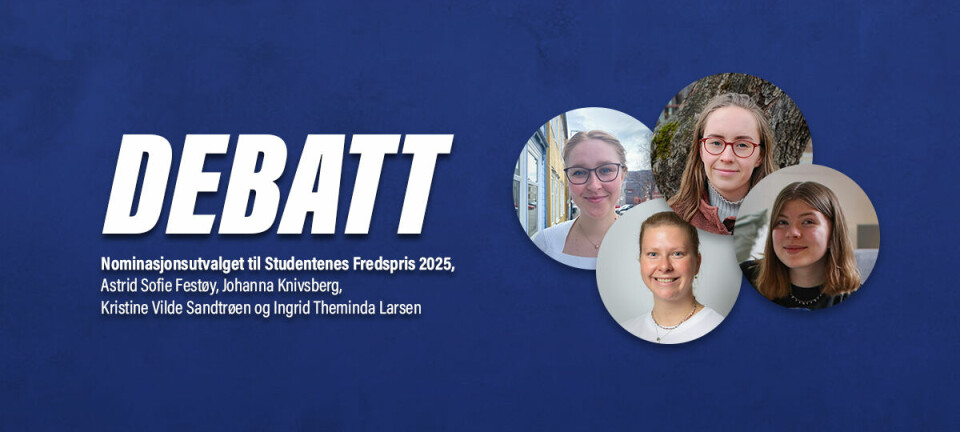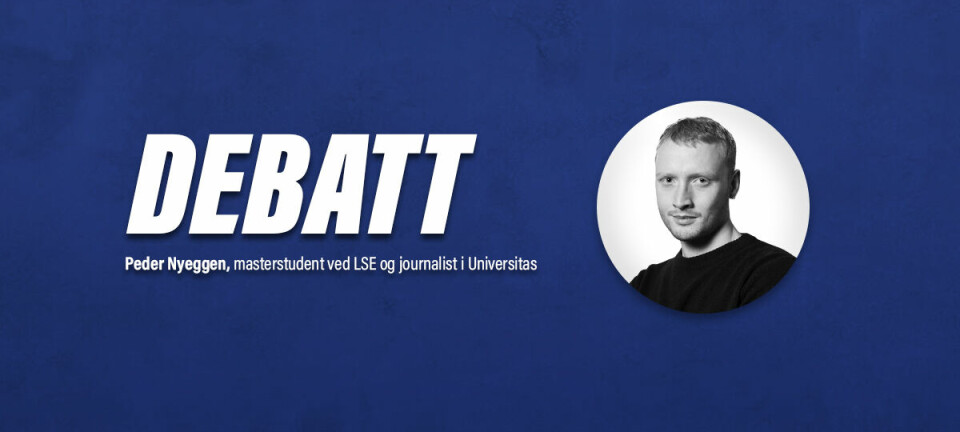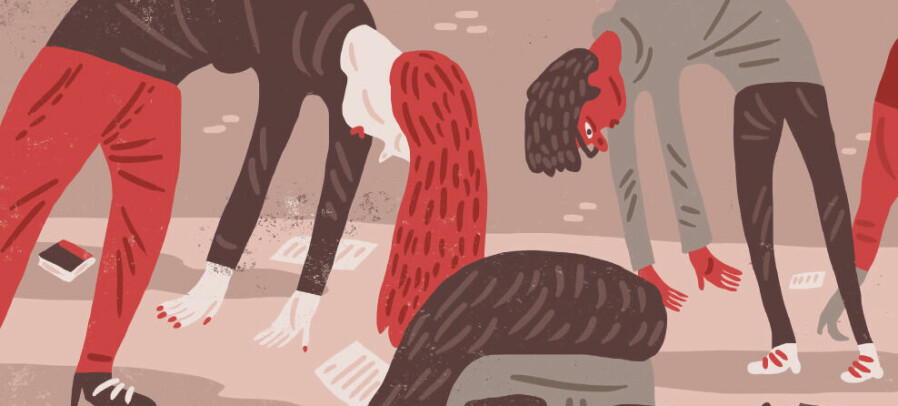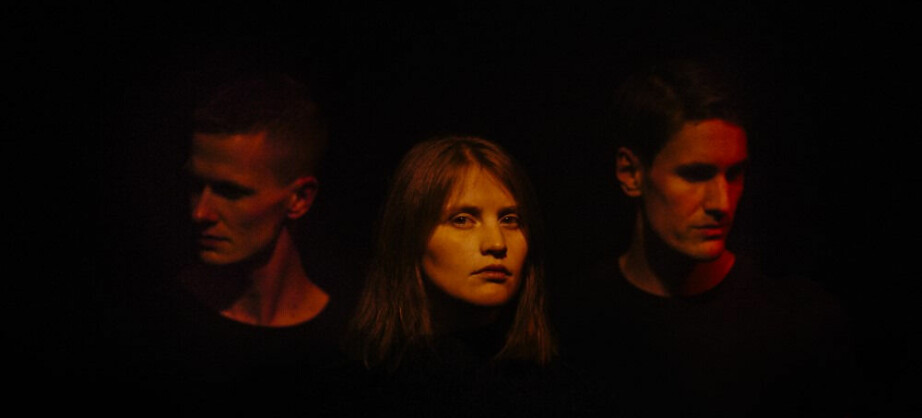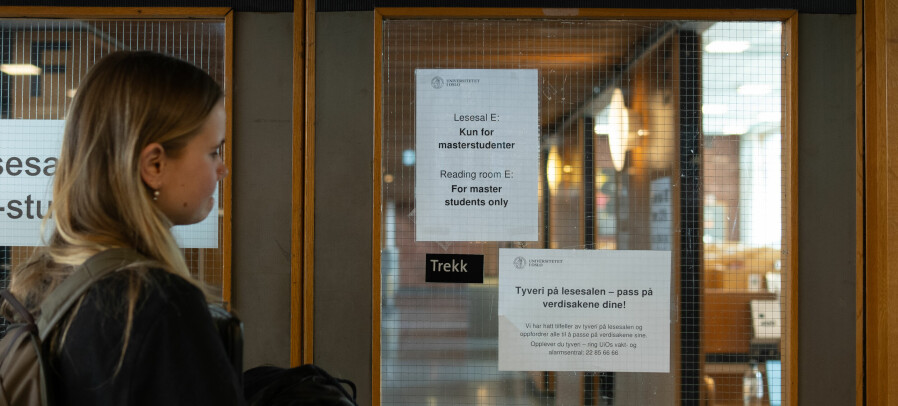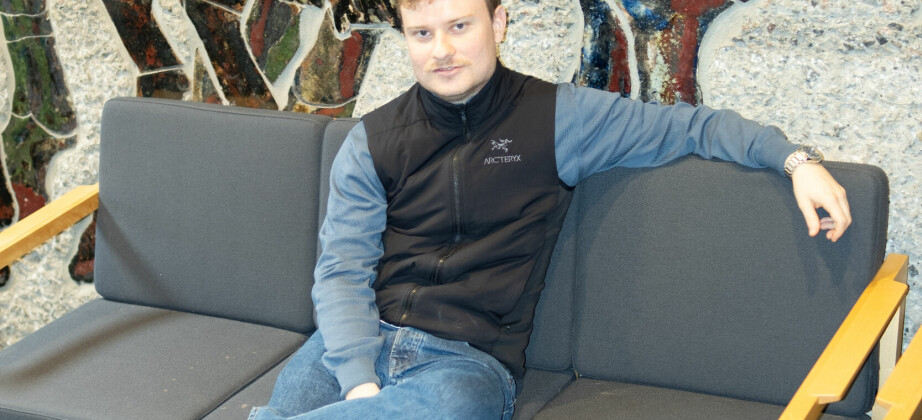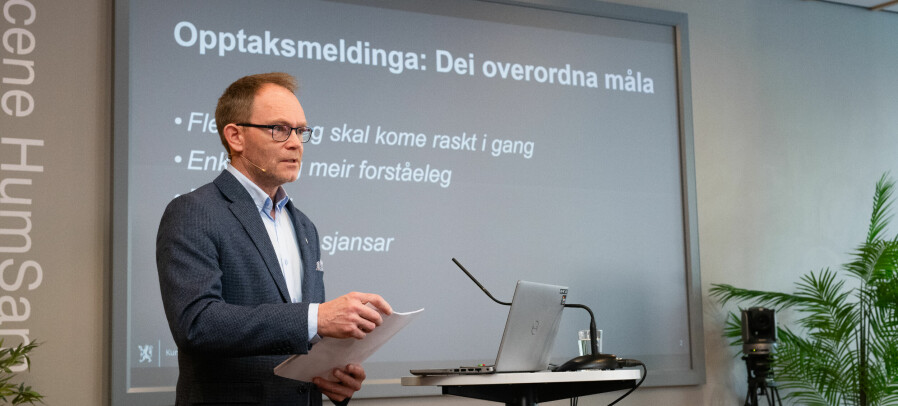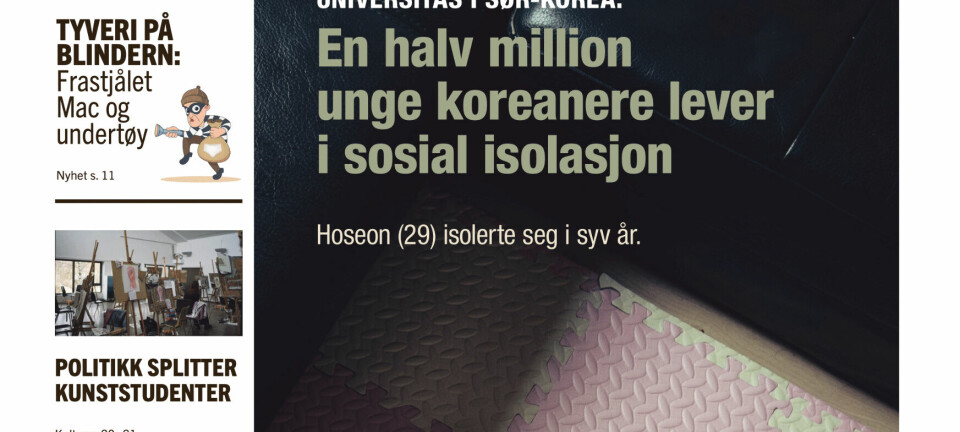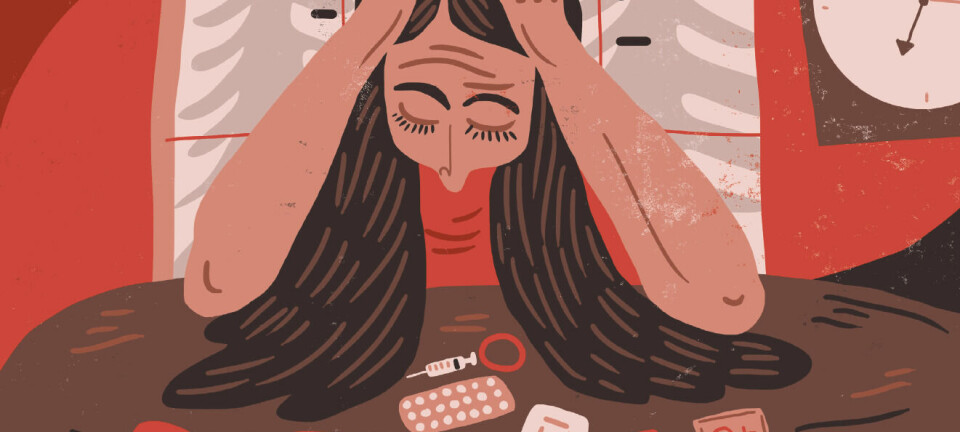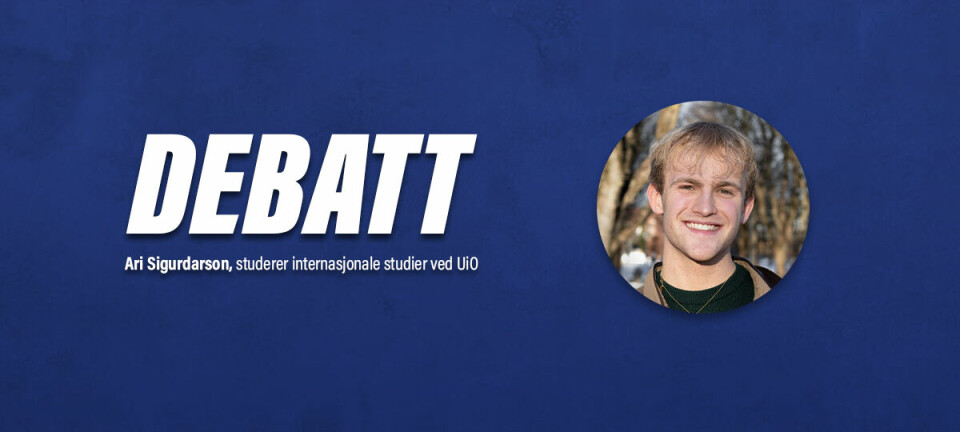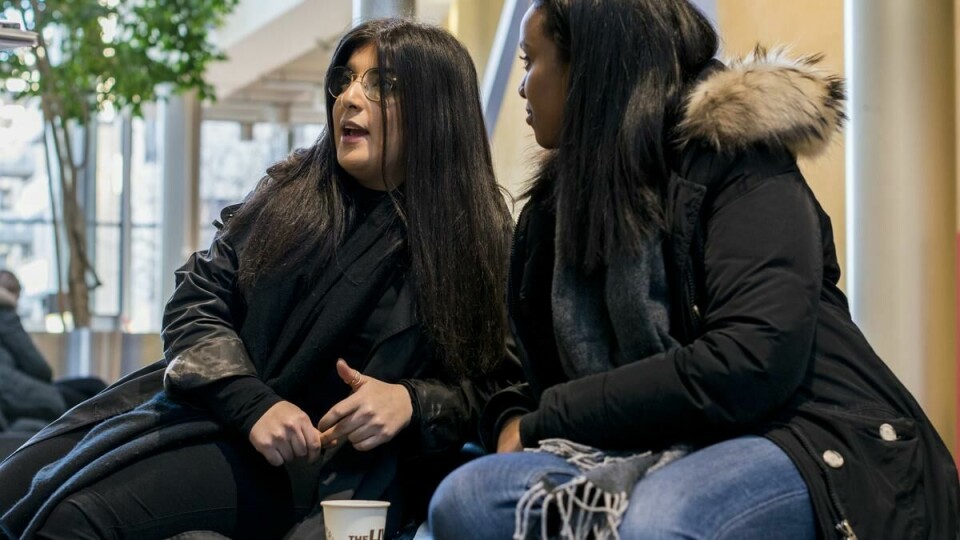
Students silent about sexual harassment
Despite reports stating that one in eight students have experienced unwanted sexual attention, Oslo's biggest educational institutions only know about thirteen cases.
In the wake of the #metoo campain, Universitas asked Oslo University College (HiOA), Oslo International Business School (BI), Kristiania University College, University of Oslo and Westerdals Oslo ACT for access to the past ten years' statistics about sexual harassment.
Altogether the institutions can only produce thirteen reported instances in the last decade, in spite of roughly 30,000 students having experienced sexual harassment from either students or staff.
Estimates a large number
«We know that sexual harassment happens to a high degree in high school. There are no reasons to believe this stops at university. I assume this means a substantial figure,» says Leif Edward Ottesen Kennair.
Kennair is a professor at the Institute for Psychology at the Norwegian University of Science and Technology, and has been researching sexual harassment in high school. According to him, one of the problems is the ambiguousness of what harassment really is. He sees the issue as one of general education, in need of more research.
«I think a lot of people who experience this regard it as something normal; as the way things are. Even if it's upsetting and unpleasant, many probably think 'I will not make a scene out of this',» he points out.
Developing the systems
Despite one sole reported instance at HiOA, rector Curt Rice finds it naïve to believe that sexual harassment is absent at such a large institution. He believes there are more cases than the few reported, and suggests several reasons for this.
«Is the system too flawed? Maybe. Are social pressures against reporting too powerful? Maybe. I don't know, but I believe experts may help us with the issue if we as a sector choose to act together. However I think the process of this cooperation is too slow,» Rice says.
«Is it clear to the students where they can report incidents?»
«I think so, but the challenge is to convey this to the students,» says Rice, adding that HiOA is working on further developing the reporting systems.

Admits room for improvement
BI does not have any statistics at all on reported cases. However, headmaster Inge Jan Henjesand believes the routines for reporting and handling such incidents are satisfactory. He finds it hard to explain the lack of reported cases.
«I note that the #metoo campaign has motivated many to speak up and tell their story. I hope persons who possibly experience sexual harassment at BI report it,» he says.
«Have you been clear enough on where they can report these cases?»
«We can probably be even clearer in the communication to our students. We have zero tolerance for any abuse of power, bullying or harassment, and we all share the responsibility to prevent it from happening,» Henjesand said.




